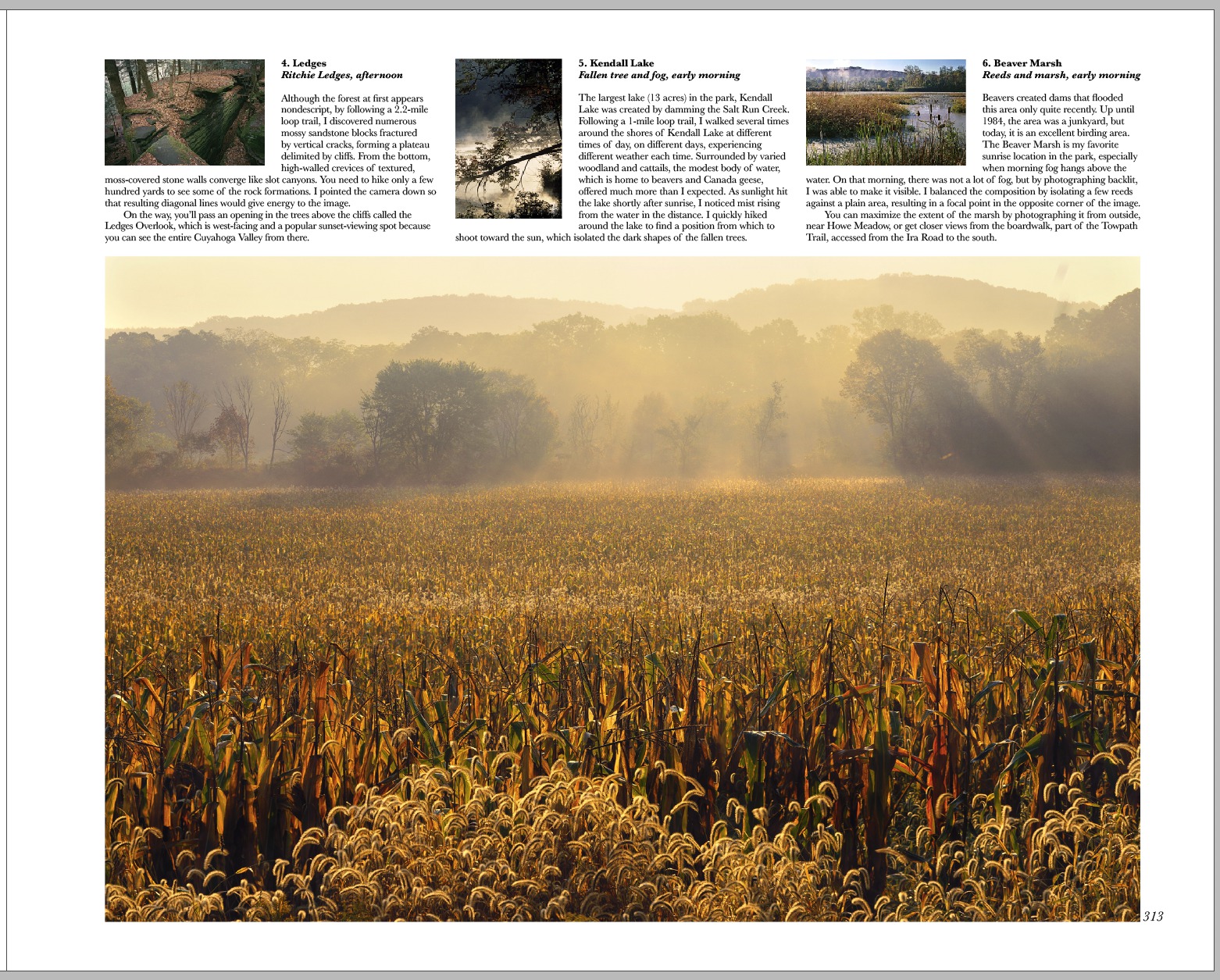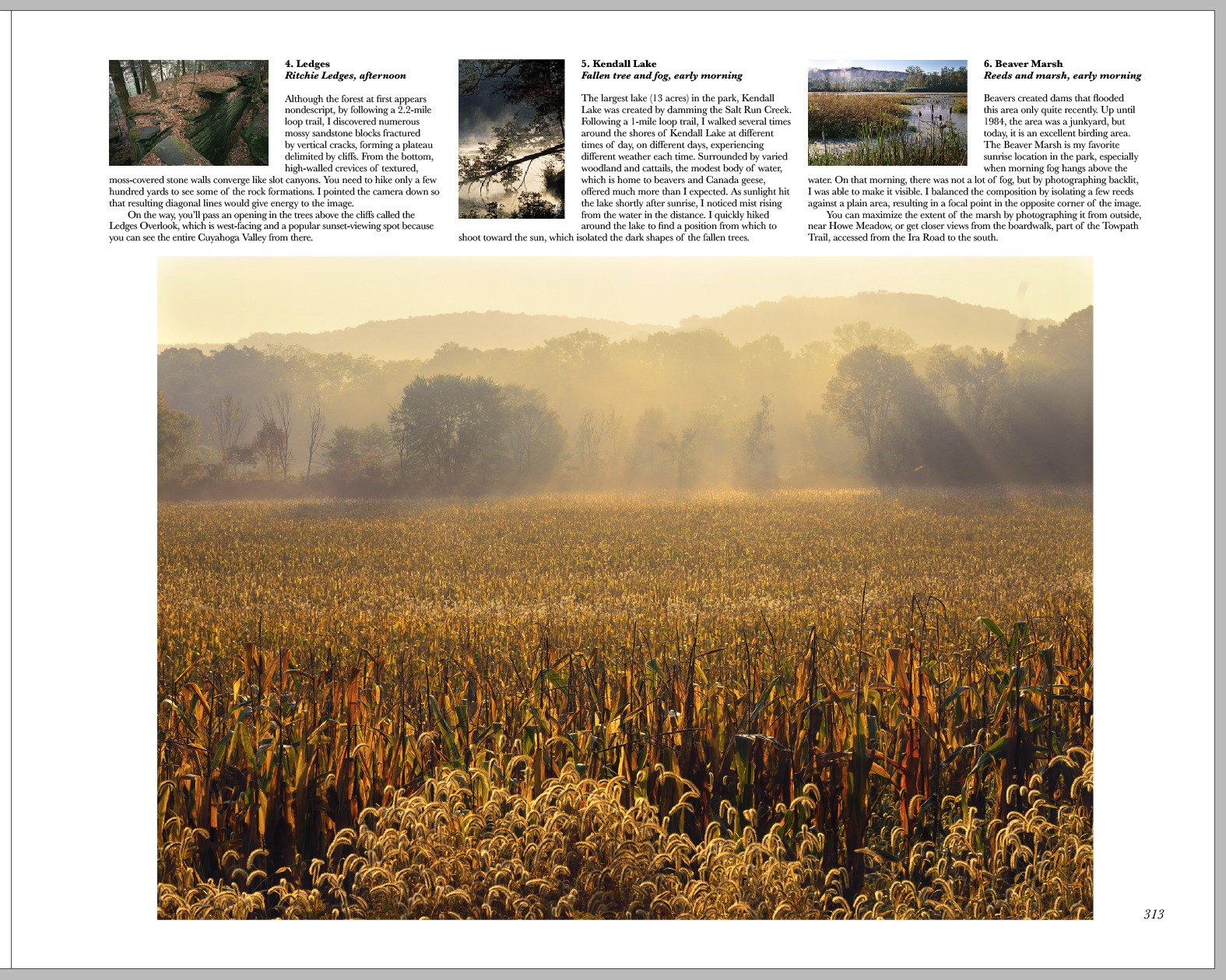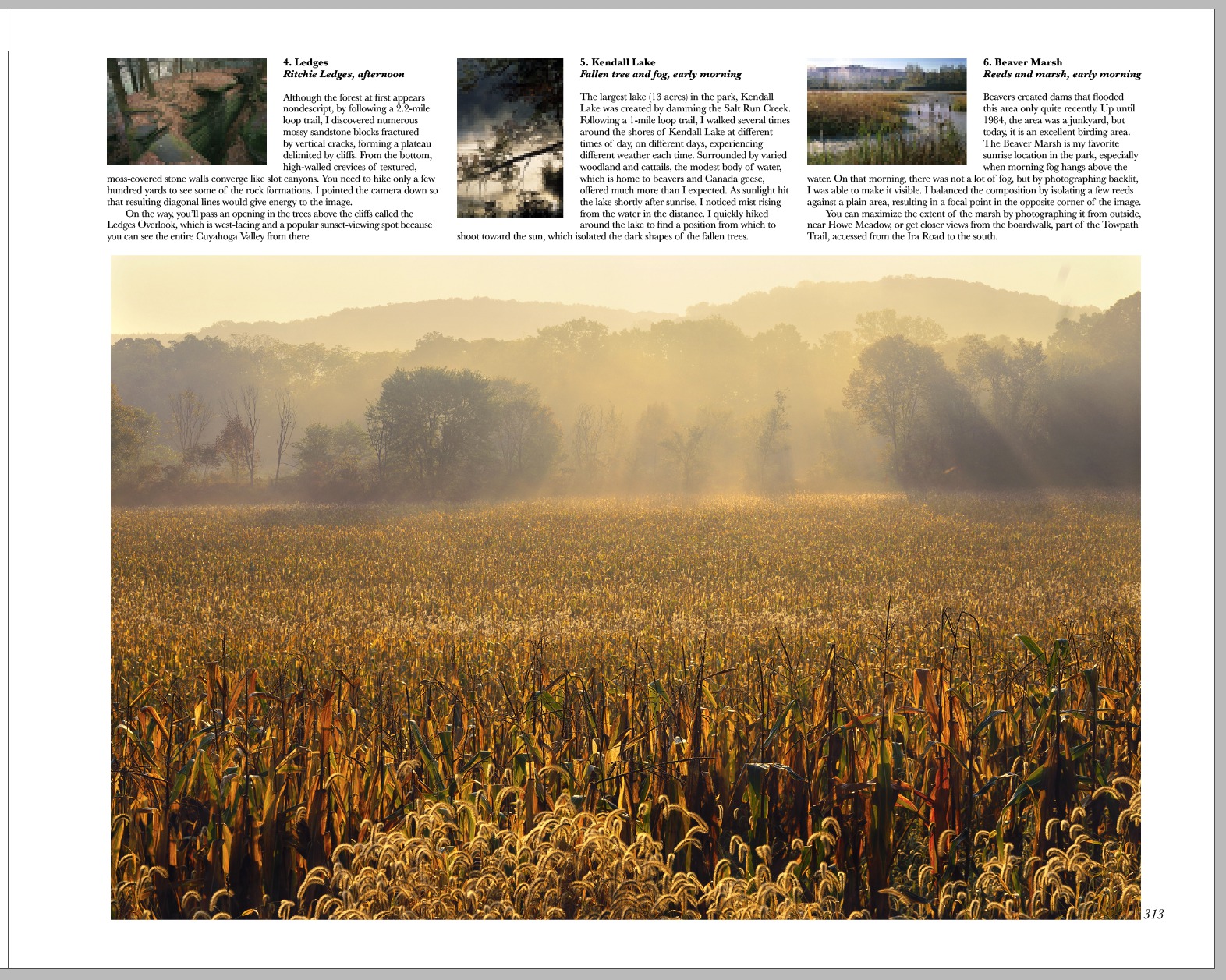Quick Tip: Change Aspect Ratio to Preserve Composition
2 Comments
Amongst the many new controls brought by digital processing, one of the simplest, and most often overlooked, is the possibility to change an image’s aspect ratio. One could do a lot of changes in the darkroom, but altering the aspect ratio by optical means was very difficult.
Why would someone want to do that? When images have a specific function, often they need to fit a given space. Since you don’t have any leeway in fitting the page, in printed publications there is an absolute need for a fixed image size. For instance, the magazine page is typically 8 3/8″ x 10 7/8″ because a lot of press equipment was designed to produce this size with minimum waste. That’s an aspect ratio close to 4:5, and one of the reasons why film sizes of 6×4.5 cm, 6×7 cm, and 4×5 inches were popular professional choices. However, most digital cameras, especially those with “full-frame” sensors derived from the 35mm format produce images with an aspect ratio of 2:3.
The obvious way to deal with that the discrepancy is to crop the photograph. But if the composition was carefully done in-camera, then it may not be possible to remove any area without degrading the composition – the hallmark of a perfect composition.
An alternative way is by altering the aspect ratio. At first, this may sound anathema, since it would introduce distortion. If the photograph has people at close range in it, the distortion would make them noticeably skinny or fat. In portraits, much of the interest is centered on the human face so that the image can easily be cropped anyways, making changing the aspect ratio unnecessary.
On the other hand, with images of natural subjects, altering the aspect ratio diminishes image integrity much less than one would expect. A reasonable amount of aspect ratio distortion turns out to be, surprisingly, hardly noticeable. See for example this page from the next revised edition of Treasured Lands (the fourth printing) to be published next year. Does anything look askew to you?

Here is the same spread with the original aspect ratio. The problem here is that the image doesn’t fill up the width of the text. Since in every other chapter of the book, images in the “notes” section do so, that be a design oddity. That is a big no-no in book design, where consistency is the key.

Now that you see both versions of the image you can see the distortion, but is it something you would have noticed without a side-by-side comparison? Did it affect the image? In my opinion, not as much as cropping it to the aspect ratio of the page space, as seen below.

How did the composition change? With the crop, the curve formed by the plants in the foreground would have been cut. That curve is a significant part of the composition, since it echoes the curves of the hills in the background, therefore enclosing the rectilinear space of the field between two curves. A quick note in passing about the foreground: while it often used to add depth to a photograph, it has to complement the rest of the photograph in some way, and often having it visually relate to the background is a good way to go about it. So by cropping the image, we altered the composition, whereas by stretching it, we didn’t. Aspect ratios are not written in stone, don’t be afraid to tinker with them if necessary!
By the way, speaking of Treasured Lands, it’s a great time to give the gift of the national parks with the book at 50% off for a limited time on Amazon (with coupons). The caveat is that they set price, not me, so this discount may not last!


Excellent tip, QT! I had never thought of this.. thanks you
Paul
That was a simple but interesting tip. You would assume changing the aspect ratio would drastically alter the image in a negative way. I recently completed an image similar to this at a tall grass prairie site with both my digital and large format camera. I will go back and study the comparison between the two.
Thanks for the tip.